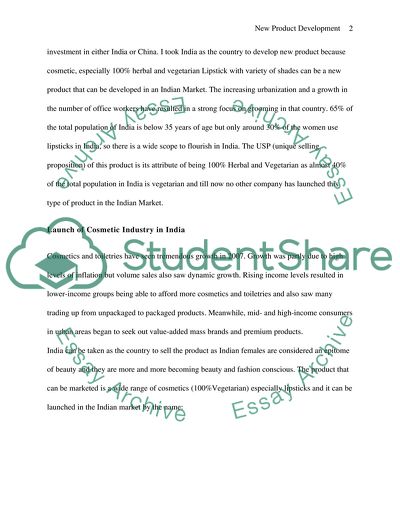Cite this document
(“Knowledge, Innovation and New product Development Essay”, n.d.)
Retrieved from https://studentshare.org/miscellaneous/1553124-knowledge-innovation-and-new-product-development
Retrieved from https://studentshare.org/miscellaneous/1553124-knowledge-innovation-and-new-product-development
(Knowledge, Innovation and New Product Development Essay)
https://studentshare.org/miscellaneous/1553124-knowledge-innovation-and-new-product-development.
https://studentshare.org/miscellaneous/1553124-knowledge-innovation-and-new-product-development.
“Knowledge, Innovation and New Product Development Essay”, n.d. https://studentshare.org/miscellaneous/1553124-knowledge-innovation-and-new-product-development.


